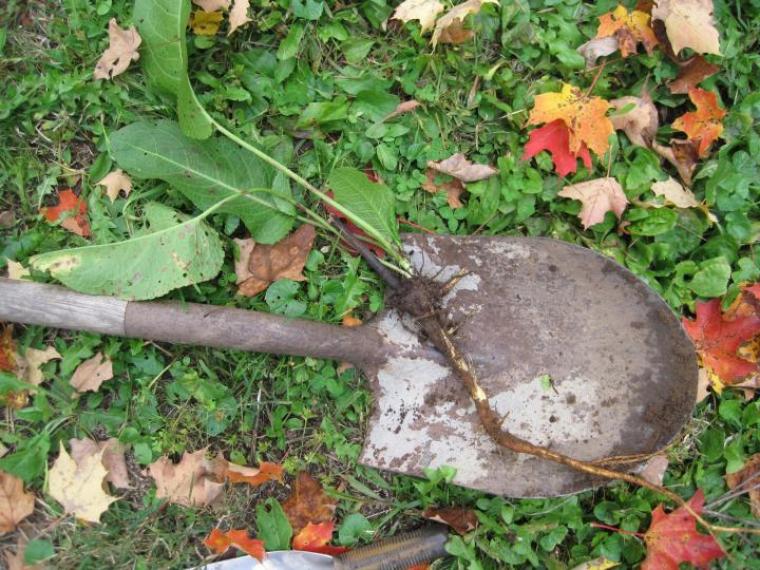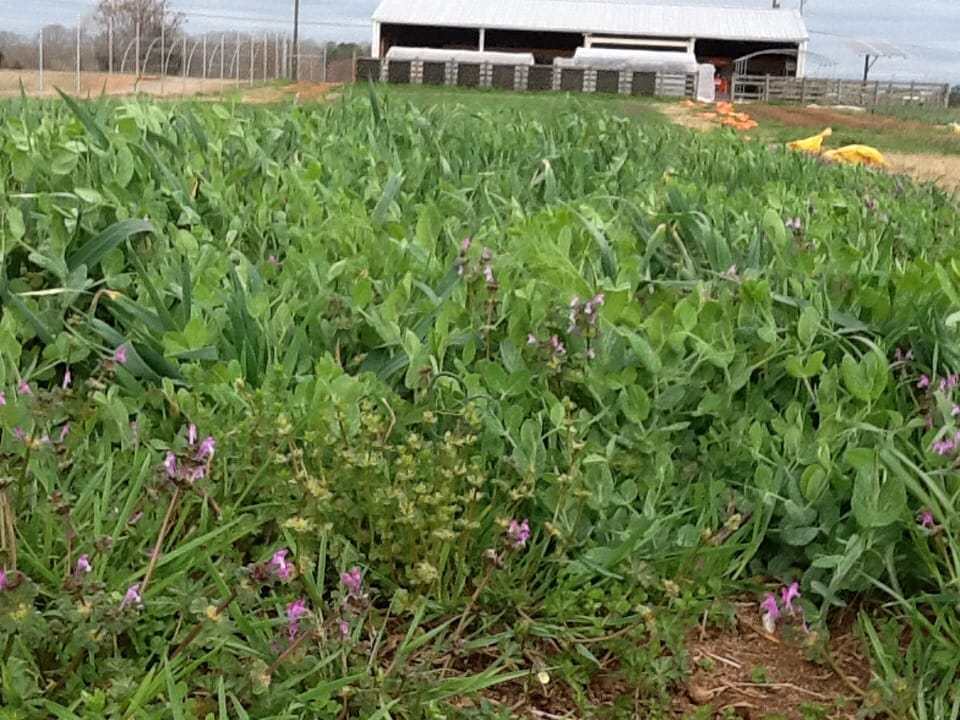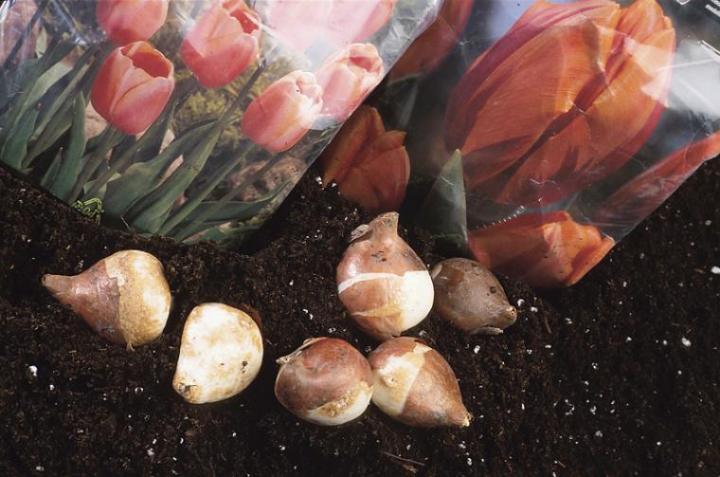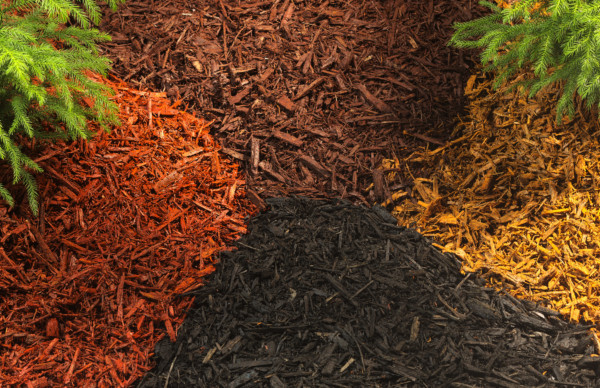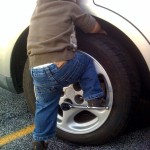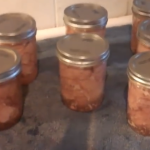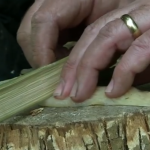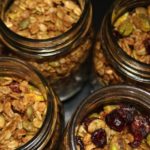One of the reasons that people have difficulty with getting their gardens up and running in the spring is because they forgot to take some important steps to prepare it during the fall. Properly tending to gardens following a harvest can help it to rest, absorb nutrients and make the soil easier to work with once the ground thaws. However, it’s important to try and finish many of these tasks soon after the first couple of frosts set in. Let’s take a look at some key things to focus on in order to make sure that your garden is properly winterized.
Remove Dead Plants
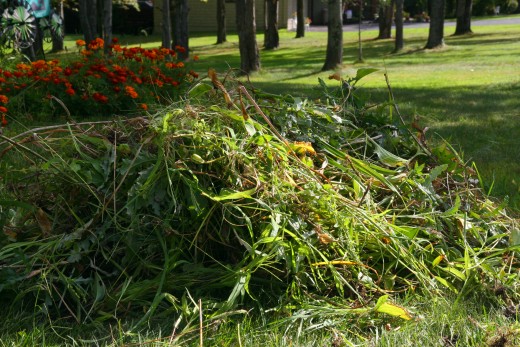
Try to remove plants as soon as crops have been harvested, and also remember to pull up dead plants throughout the season. Dying and decaying plants can attract various kinds of fungus, bacteria and insects that can create all kinds of headaches during the next growing season. It’s also easier to get rid of waste while the soil is still soft and temperatures are warm outside.
Till the Soil
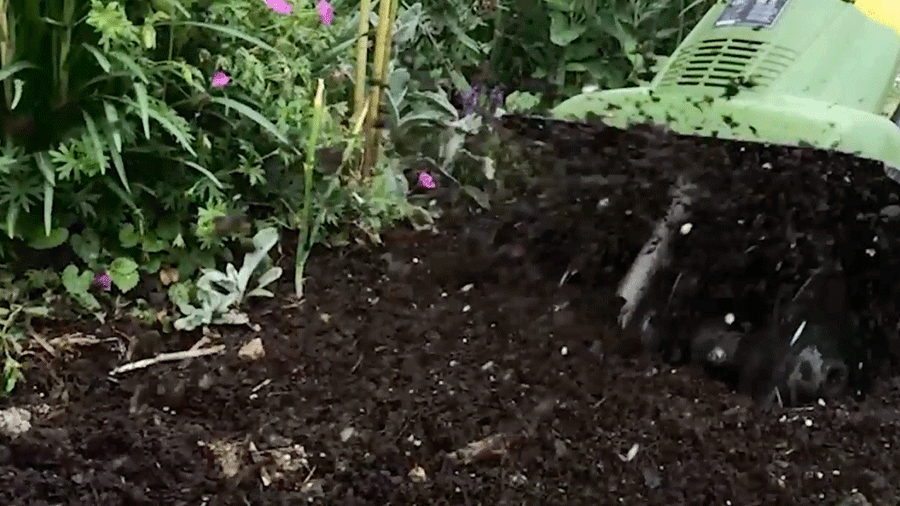
There are a lot of differing opinions regarding whether or not to till soil following a harvest. However, we think that the benefits outweigh potential drawbacks. Tilling helps to break up hard clumps that may be more difficult to deal with in the spring. Tilling also helps to aerate the garden, and it can make it easier to remove a number of different types of weeds. Tilling can make it easier to locate and remove destructive garden pests such as beetles and caterpillar pupae that can pose a threat to future crops as well.
Plant Cover Crops
Cover crops are essentially blankets that protect soils from erosion and nutrient-depletion over the winter. They also help to fertilize the soil, keep it moist and minimize the growth of late or early season weeds. The cover crops you choose will depend on your climate, but some common examples include winter peas, winter rye, rye grass and red clover.
The trick with cover crops is to plant a thick layer in the fall, but cut them down before they reach maturity and begin to produce flowers or seeds. Otherwise, you run the risk of having these crops deplete the soil of the nutrients that they introduced.
Plant Bulbs
Remember that most bulbs need to be planted in the fall in order for them to sprout in the spring or summer. The fall is also an excellent time to plant fruit and vegetable trees and certain types of shrubs as well. Try to get them planted about a month before you expect temperatures to drop below freezing so the crops can get established before winter arrives.
Mulch
It is highly-recommended that you add mulch to your garden every year, and the best time to do it is right before the first freeze of the season. This will help to prevent a variety of insects and other pests from nesting below the mulch in order to keep warm during the winter. As the mulch decomposes, it will introduce nutrients into the soil, help to keep the soil warm, and allow airflow to move through the substrate. Mulch can also make the soil much easier to work with as you prepare your garden for the spring.
Taking care of these important steps can dramatically reduce your workload, infuse your soil with important nutrients and make next year’s garden more-productive. Learn more about the benefits of these and other ways to winterize your garden, and you will be able to enjoy the fruits of your labor during the next growing season.


